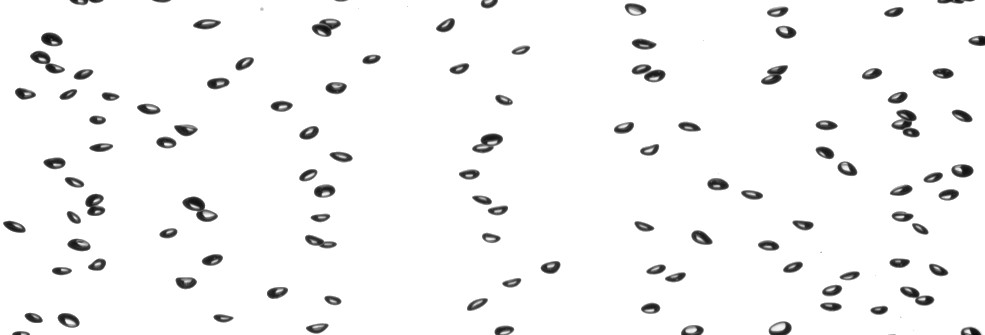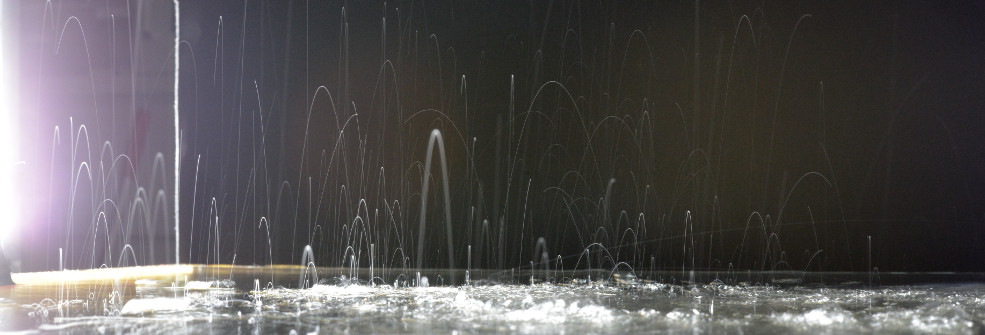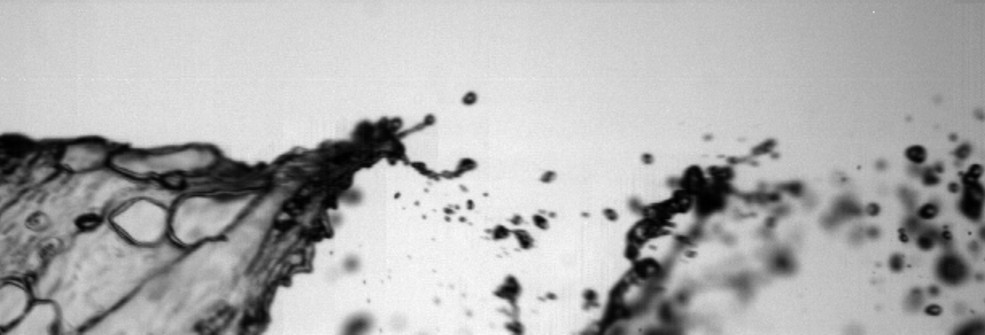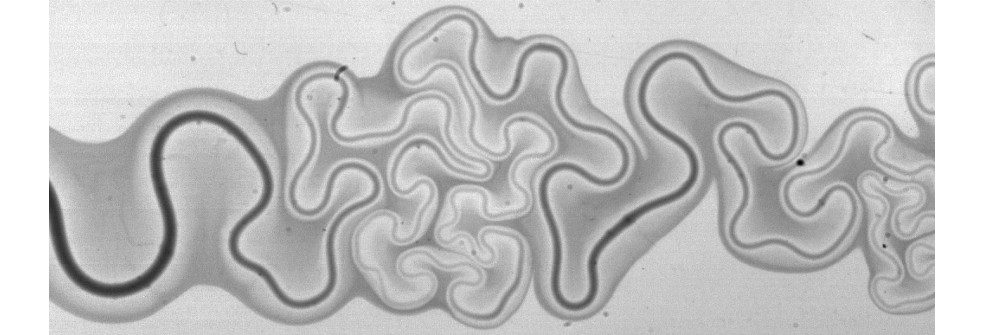Welcome!
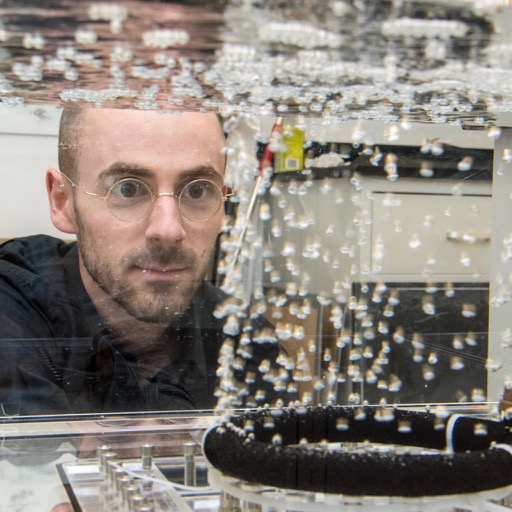 Is an air bubble, say, standing at the surface of a water glass doomed to burst, as we may experience it everyday?
If yes, how long does it take to do so? And what if there are now many bubbles at the surface? Or salt, or surface contaminant?
We do know that when a single bubble pops, it sends small liquid drops in the atmosphere.
But... how high? How little? How many? What about solid, mineral components? Volatile, olfactive molecules? And what are the consequences, when applied to air-sea interactions, sea spray and later cloud formation?
Is an air bubble, say, standing at the surface of a water glass doomed to burst, as we may experience it everyday?
If yes, how long does it take to do so? And what if there are now many bubbles at the surface? Or salt, or surface contaminant?
We do know that when a single bubble pops, it sends small liquid drops in the atmosphere.
But... how high? How little? How many? What about solid, mineral components? Volatile, olfactive molecules? And what are the consequences, when applied to air-sea interactions, sea spray and later cloud formation?
With a physicist’s background, an endless curiosity about the world around, as well as strong experimental skills, I question those objects, their behaviors, interactions and consequences in our everyday lives: waves, bubbles, drops, clouds, but also grains, sand.
I am now a Maître de Conférences (Associate Professor) at the Mediterranean Institute of Oceanology (MIO) in Aix-Marseille Université.
